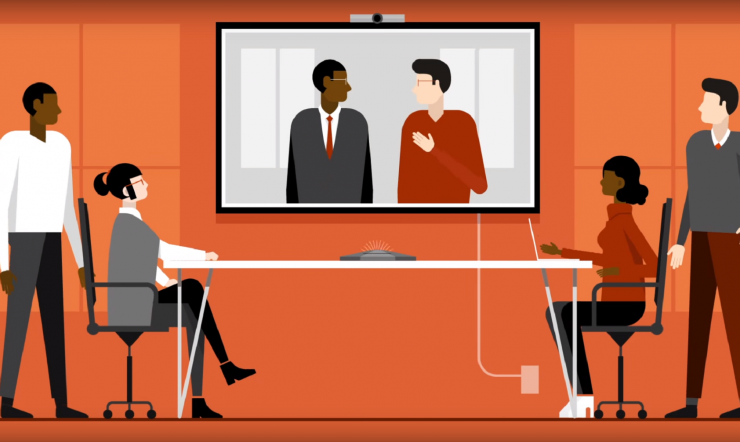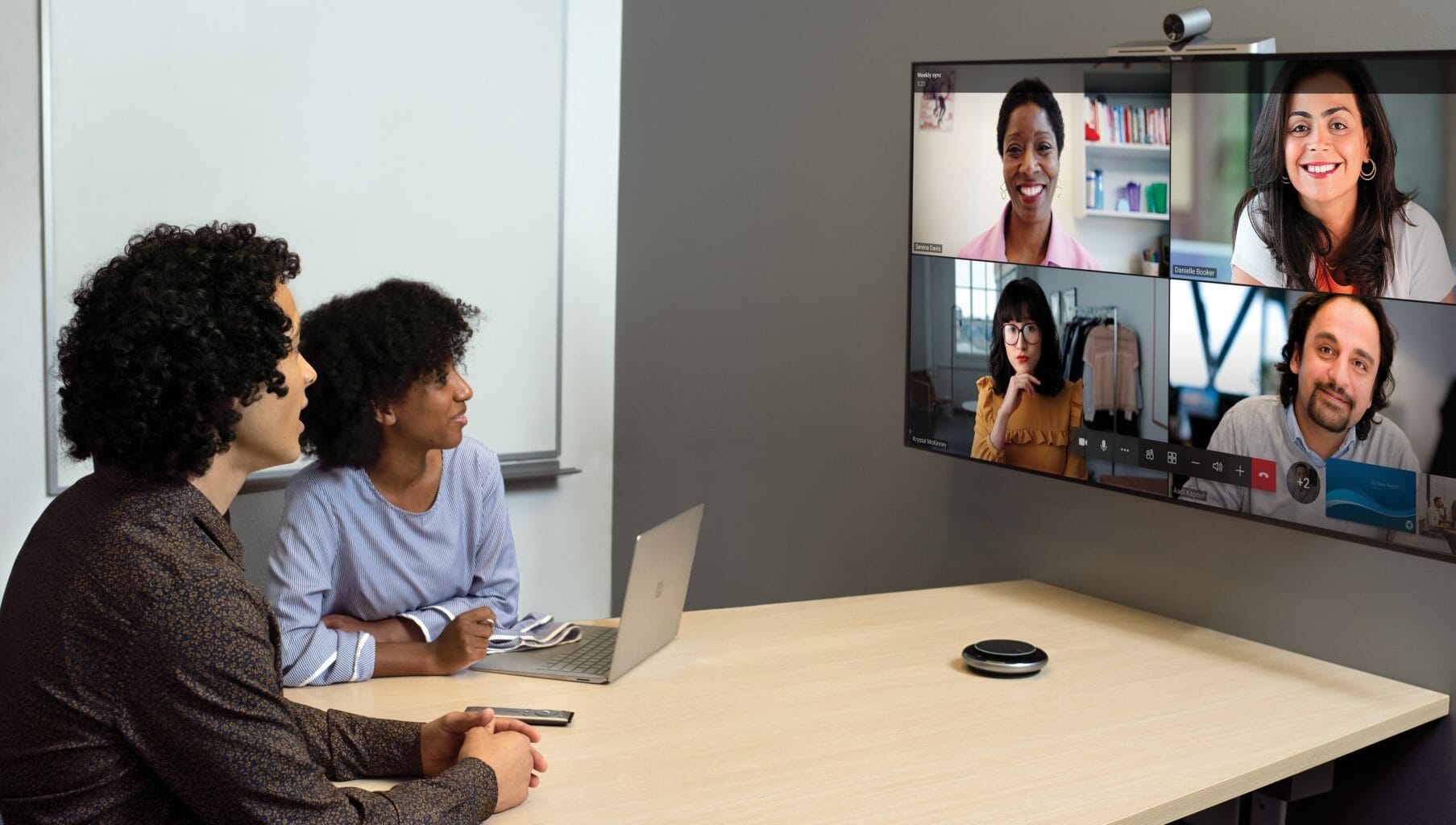
Nemme møder og nemt samarbejde
Med Skype for Business kan du hurtigt få svar, sørge for, at projekter overholder planen, og holde kontakten til et team og til kunderne.


Maria Galvez
CMO Lead - Microsoft Denmark & Iceland
When reflecting on the post COVID-19 reality, most HR executives describe themselves as caught up in the messy middle. How do you set the right direction for an organization and adapt to a new reality with hybrid solutions – both in terms of management and technology – when the whole world is experimenting?
Our first network meeting only confirmed the need for a joint discussion. Three challenges turned out to be recurring themes when discussing how to adapt to The Hybrid Now:
Managers are caught up in a hybrid paradox. Employees don’t have the same needs as they did before the pandemic. 73% of employees claim that they would like remote options to stay, while 67% claim that they would like more in-person work or collaboration. So, while some employees feel motivated and enjoy the flexibility of working from home, other struggles to find motivation and miss interacting with their colleagues.
How does it affect team dynamics that some team members are working from home and some at their desks – while others are sitting elsewhere at the office in Teams meetings or behind a closed door to focus? To what extent are managers responsible? And which skills and tools are necessary for managers to lead effectively?
Camilla Hillerup, HR executive at Microsoft, represents the databased approach in Microsoft:
“Our data points to the importance of fostering a discussion about the new hybrid culture with our employees. Especially regular 1:1s with employees and discussions with our teams help align expectations of managers and employees. This has proven to be crucial.”
– Camilla Hillerup, Microsoft Denmark
As the needs of the employees differ more than ever, we need to be careful not to make decisions that accommodate only one group and not the other when creating our workspaces and ways of working. For example, it is crucial to facilitate hybrid meetings that are inclusive for both employees working from home and from the office – and to adapt the office space to all kinds of needs.
But how can we create physical workspaces that meet the needs of all workers and help them stay focused? And how do we update our technology to adapt to the new reality?
Tanya Helene Christensen, Business Group Lead, Modern Work & Security at Microsoft, has a few tips on how to make hybrid work collaboration easier:
“Today, we feel more confident facilitating interactive meetings on Microsoft Teams. With big whiteboard-screens at the office, speakers designed for meeting rooms, and cameras zooming in and out on the person talking, it is no longer a burden to have people join online – as long as you make sure to have the right equipment. But of course, technology doesn’t do it alone. We need to put people first by empowering them with the right technology. There has to be a company culture that drives inclusion in the hybrid reality to truly benefit from it.”
– Tanya Helene Christensen, Microsoft Denmark
COVID-19 has basically turned our work life upside down – both our physical workplaces and our mindsets. Microsoft’s Work Trend Index indicates that, right now, 41% of all employees are considering leaving their current employer. This shows the urgency to listen to the needs and wishes of our employees. Both in terms of retaining employees and attracting new talents.
It is still uncertain whether employees lose their sense of belonging when working from home. And how do we create a great and motivating culture for all employees?
Anette Otto, SVP, People, Brand & Sustainability at Atea, constantly seeks input from Atea’s employees:
“Even though there is no definitive recipe on how to create a great hybrid culture, it is always better to do something than to do nothing. We seek insights in the organization and communicate guidelines – always being transparent about the fact that we do not have all the answers, but that we strive to learn every day and adjust along the way.”
– Annette Otto, Atea
We are excited to discuss the future of work from an HR perspective in the coming network meetings, which in the hybrid spirit, of course, will be a combination of physical and virtual meetings. Are you an HR executive – and maybe struggling with some of the same challenges in your organization? Reach out to CMO lead, Malene Amini on maamini@microsoft.com to get an invite for the next session.
Read more about the hybrid workplace here.